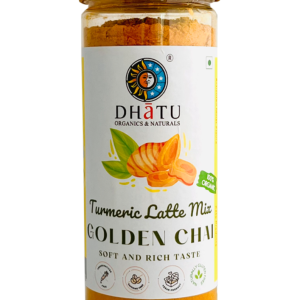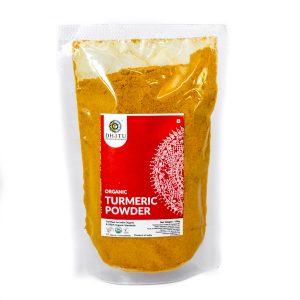Turmeric, scientifically known as Curcuma longa, is a vibrant golden spice that has been an integral part of culinary and medicinal traditions for centuries.
Originating from the Indian subcontinent, this golden spice is a member of the ginger family and is renowned for its warm, earthy flavour and distinctive yellow hue.
Table of Contents
Anti-Cancer Properties of Turmeric
Turmeric has garnered significant attention for its potential anti-cancer properties, primarily attributed to its active compound, curcumin. Numerous studies suggest that curcumin possesses anti-inflammatory and antioxidant characteristics, which may play a role in preventing and combating cancer.
Curcumin has been investigated for its ability to inhibit cancer cell growth and impede tumour development. Additionally, it may interfere with various signalling pathways involved in cancer progression.
The below table1 summarises the scientific findings of the curcumin compound which is responsible for most of the anti-cancer properties.
| Sites | Constituents | Anticancer Effects | |
| Lung | Curcumin | Inducing apoptosis (programmed cell death, a natural and controlled process) and DNA damage; inhibiting proliferation, migration, and the growth of cancer; decreasing cell growth and viability; inhibiting expression of DNA-repair-associated proteins | |
| Liver | Curcumin | Inhibiting the growth of hepatoma cells (hepatocellular carcinoma (HCC) cells / cancerous cells), inhibiting and reversing diethylnitrosamine-induced hepatocarcinogenesis | |
| Breast | Curcumin | Inhibiting MCF-7 (a specific human breast cancer cell) breast carcinoma cells, cell invasion, and sensitizing cancer cells to retinoic acid | |
| Stomach | Curcumin | Inhibiting proliferation and invasion, promoting apoptosis, suppressing lymphatic vessel density, inhibiting cell growth | |
| Colorectum | Curcumin | Preventing aberrant crypt foci, inducing apoptosis, inhibiting cell growth | |
| Cervix | Curcumin | Eradicating HPV+ cancer cells without affecting non-cancerous tissue, inhibiting the proliferation and inducing apoptosis, inhibiting tumor growth and angiogenesis | |
| Prostate | Curcumin | Targeting AR and histone modification, inhibiting the proliferation and growth |
Limitations of Turmeric in Cancer Treatment
Despite its potential use in cancer treatment, one major limitation of this spice (curcumin) is its poor bioavailability, which hinders its therapeutic efficacy.
Efforts have been made to improve its bioavailability, such as using adjuvant phytochemicals found in turmeric itself.
Additionally, curcumin can modulate the function of drug-metabolizing enzymes and drug transporters, which may affect the pharmacokinetics of other drugs.
Increasing the bioavailability of Curcumin
Curcumin is a compound with poor bioavailability due to its low solubility and quick elimination from the body. Several approaches have been explored to enhance its bioavailability.
One approach is the use of solid dispersion systems, where curcumin is dispersed in smaller particle sizes. Studies have shown that decreasing the particle size of curcumin solid dispersions improves its bioavailability and solubility in micelles2 .
Another approach is the derivatization of curcumin with isoleucine, which has been found to increase the bioavailability of curcumin in plasma and reproductive organs3.
Studies have shown that combining curcumin with piperine, a compound found in black pepper, can significantly improve its bioavailability4. Piperine can modulate metabolic enzymes and drug transporters, enhancing the absorption and utilization of curcumin in the body 5.






